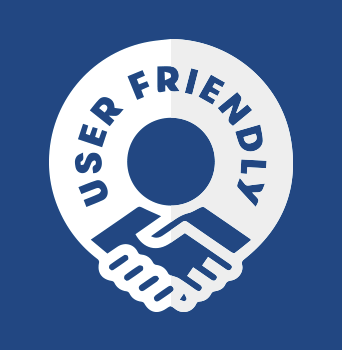
This morning, while driving to the office, I nearly made a left turn into oncoming traffic. The cause was a flashing yellow turn signal. As I approached the intersection from the left turn lane the left turn signal changed from green to yellow and then to flashing yellow. My brain apparently didn’t make any distinction between the solid yellow turn arrow and the flashing yellow turn arrow. Years of habit simply interpreted this as a yellow turn signal, not solid and not flashing. In my 7 AM pre-coffee head this meant my opportunity to turn left was quickly ending and that oncoming traffic was about to get their green. In other words, the yellow meant “hurry up and go!”
But oncoming traffic was already moving and, as reality appeared right before my eyes in the form of a 3 ton Ford F150, I slammed on the brakes and stammered a not-so-gentle “What the #$%!?” Then I switched into processing mode to figure out my error and immediately knew what I had done. A flashing yellow means “yield”.Oh, and the nice sign next to the light says the same thing. That’s all fine and dandy but why did I not know that immediately? The reason has to do with how habits allow us to operate in a no-processing mode.
While I was approaching the turn I was operating from habit. Based on thousands of experiences every year with left turn signals I know how they operate. In my brain the basal ganglia was running the show. This is one of the most primitive parts of the brain that functions even when short term and long term memory fail. It allows us to perform deeply ingrained tasks while our processing mind is solving other problems.
Our repeated experiences are the nutritional nuggets that form habits and when we do something often enough it will eventually be molded into a habit. Each subsequent exercise of that habit then requires little to no thought to perform, freeing up our cognitive mind for more important things. When you brush your teeth you probably don’t even pay attention to the process. Have you ever seen a toddler learning to brush their teeth? It’s like a cross between a surgeon concentrating on an incision and a bulldog eating a jar of peanut butter. There’s no habit there so they have to focus and work hard at it.
If you want to learn more about habits and their influence on our lives I highly recommend reading Charles Duhigg’s The Power of Habit
Think about the last time you visited your favorite websites. You’re probably familiar with their layout and navigation, so you know how to find things and move around. Now think about sites you’ve encountered where you quickly get lost and confused. How long did you stick around?
User experience (or UX) is based on simplicity. When a user visits your site they should be able to find what they’re looking for with little effort. Even if you have amazing, highly engaging content, it won’t matter unless users can quickly and easily find what they seek. This is where habit comes into play.
For over twenty years now people have formed habits about how they interact with websites. There are basic principles of web design and when not followed cause frustration and abandonment. One example is hyperlinks. Early on all links were blue and underlined. This formed habits and people naturally understood that when text was blue and underlined it was a link to more information.
Around the start of the 2000’s, however, many designers began to flex their creative muscles and design non-standard links into their sites. In some cases, links were not clear until a user moused over them, which would cause an underline to appear or the text to become a different color. Others simply made all links italic with no underline and no mouseover cues. Others would simply change the color of all links to a color in the site's color pallette. Essentially, design and brand requirements were smothering the habits of usability.
Links are the original foundation of the world wide web and it’s called the “web” because of the web of sites, pages, and links.
Imagine if we hired these same website designers to redesign traffic lights. The colors of the lights change to match the town's branding. The light configuration and layout would become non-standard and the accident rate would skyrocket as drivers tried to interpret these new visual cues.
Since website visitors bring with them deeply formed habits we need to design sites that take them into account. Every habit we ignore requires unnecessary mental processing from visitors. The more a user must switch to their cognitive, processing mind, the less energy they will have to dedicate to your amazing content and the sooner they will leave your site.
Steve Krug has a fantastic book called Don’t Make me Think where he lays out design dos and don’ts and common usability principles.
There are a lot of trendy new website layouts that look fantastic and have very cool effectives built into them. Many of these work well and take into account visitor habits but many focus on the wow factor over usability. One example is parallax scrolling. When used effectively, this effect can lead to highly immersive and enjoyable websites. But it can also be overplayed causing the visitor to think too much in order to find relevant content.
If you’re trying to produce this wow factor and stay in front of your competition by building a modern website, you’ll need to be wary of pushing too far away from existing visitor habits. You don't want visitors to flex their cognitive muscles too much and when they do it should be because of your engaging content. There is only so much cognitive fuel in the tank and you don’t want them wasting it on navigation.